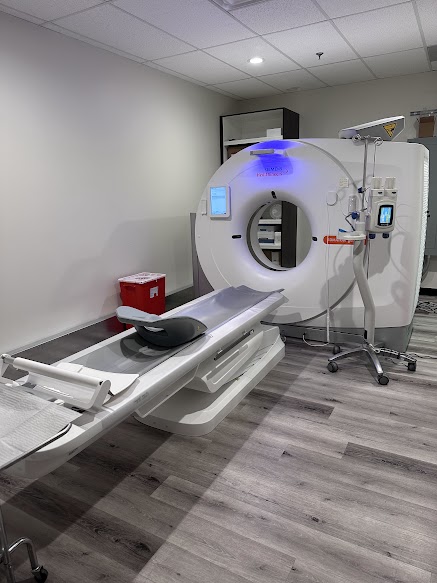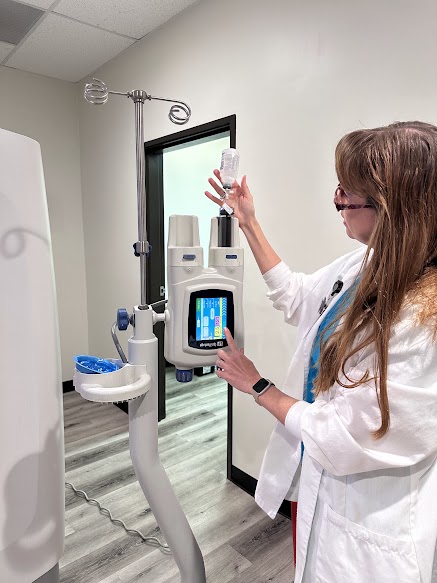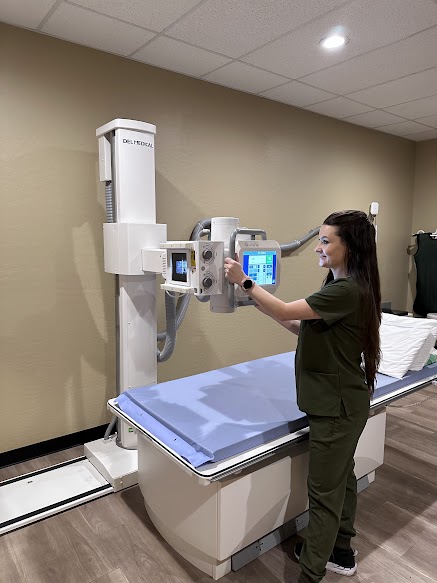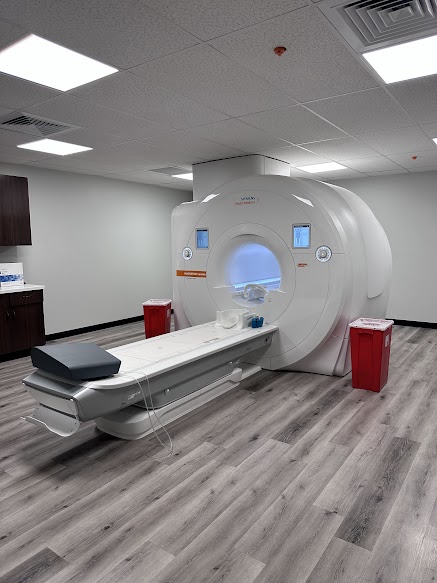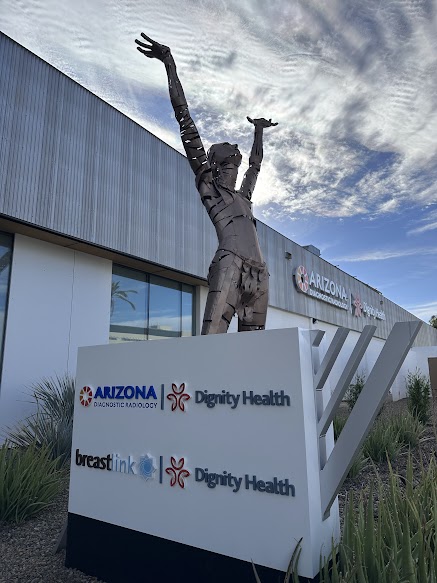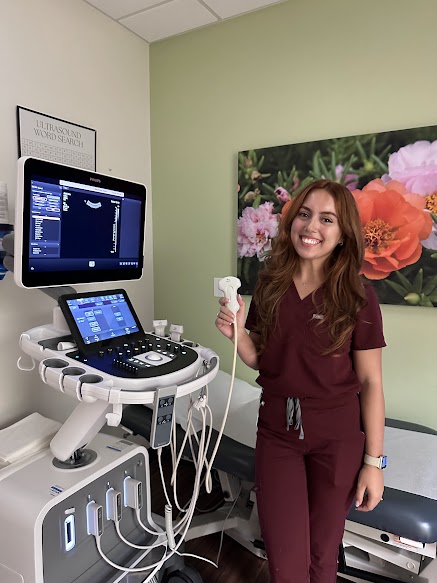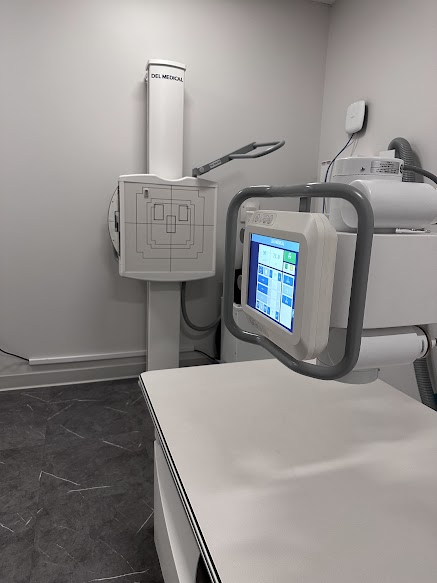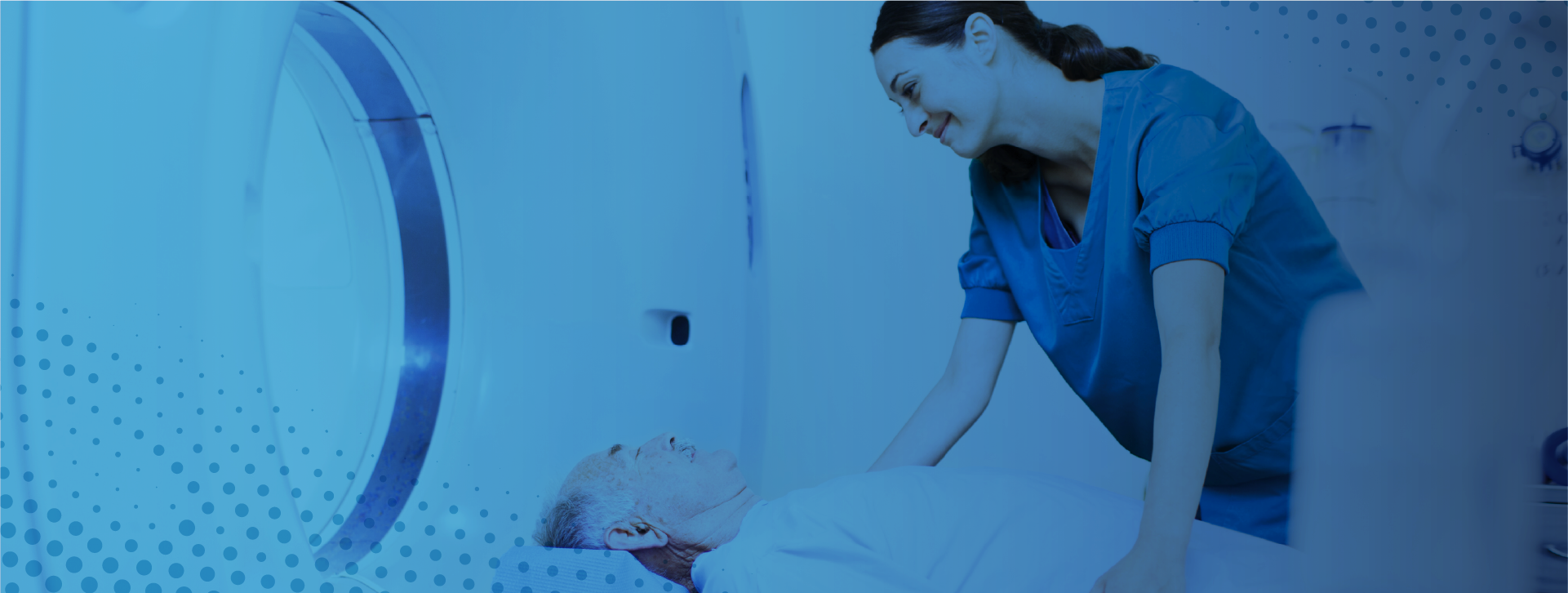
Why Screening Matters
Regular colorectal cancer screenings can catch the disease early, when treatment is most effective. According to the American Cancer Society, if colorectal cancer is found at stage I, the average 5-year survival rate is over 90%. Early detection is the key to preventing serious complications and saving lives. Virtual Colonoscopy is an important option for patients looking for a non-invasive colon cancer screening.
What is a Virtual Colonoscopy
A Virtual Colonoscopy (sometimes called a CT colonography) is a safe, minimally invasive way to screen for colorectal cancer. It uses a CT scanner to create high-resolution, 3D images of the inner lining of the colon and rectum. Unlike traditional colonoscopy, virtual colonoscopy can also examine nearby organs for signs of cancer, giving doctors more information about your overall health.
Benefits of Virtual Colonoscopy
- Minimally invasive – No sedation or hospitalization is required.
- Lower risk – Compared to regular colonoscopy, there are fewer potential complications.
- Quick and convenient – The exam takes less than 30 minutes.
- No recovery time – You can resume normal activities immediately after the procedure.
- Patient-friendly – Often easier for older adults or those taking blood thinners.
What to Expect
During the exam, you will lie on the CT scanner table while the machine takes images of your colon and rectum. The procedure is painless, fast, and non-invasive.
A Virtual Colonoscopy is a safe, effective, and convenient way to screen for colorectal cancer, helping detect problems early and giving you peace of mind about your digestive health.
If you are searching for a virtual colonoscopy near you, our Arizona locations provide convenient access to high-quality care.


